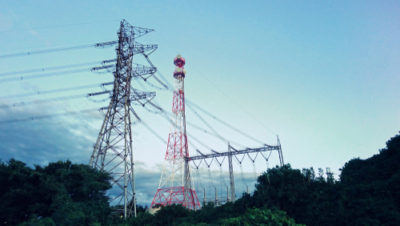Tight supply, increased Luzon power demand expected in 2019 – DOE
- November 13, 2018
- 0

The Department of Energy (DOE) is expecting a four percent increase of Luzon’s peak demand in 2019, resulting in a “tight” power supply.
The increase to 11.2 GW from this year’s 10.8 GW was considered “normal growth” in energy requirements due to higher economic activity but the energy department admitted that “supply will be tight next year.”
“Demand will be high, and the reserves will be just enough given the scheduled maintenance. We don’t expect any red alerts, just yellow at the worst,” DOE Secretary Redentor E. Delola was quoted as saying in a Business World report.
The increase in demand includes 300 MW worth of additional requirements that will stay steady up to next year. The said additional requirement had prompted the DOE to adjust its forecast for 2018 to 10.8 GW from 10.561 GW.
Delola assured the public that the energy department is doing what they can to make sure the system has enough power capacity to meet the regulating reserve while having enough standby power equivalent to the capacity of the biggest operating power plant.
He added that the department was also ensuring a secondary supply of standby power equivalent to avoid power interruptions should two of the biggest power sources falter.
Two power plants in Luzon are expected to operate next year with a combined capacity of approximately 600 MW, in order to meet higher power demand.
Next year’s expected peak demand will occur when the government has bid out to the private sector the 600 MW Malaya thermal plant in Pililla Rizal.
Before its bid to the private sector, the Malaya plant is expected to run and provide the needed power as deemed necessary in order to ensure reliability of power supply in the Luzon grid, specifically in times of power shortage, and to provide system security and voltage support.
However, the winning bidder of Malaya plant is not urged to run the unit as a “must-run” plant, Delola said.
Power Sector Assets and Liabilities Management Corp (PSALM) had said that Soosa
n ENS Co., Ltd. was the only bidder for the plant.
Meanwhile, Mindanao peak power demand is expected at around 2.2 GW, up 10 percent from the projection of 2 GW this year. It is also seen to register the biggest growth in power demand.
“We have 700 MW coming in between
now and next year,” Delola was quoted as saying, adding that the southern island is expected to have 1.4 GW of excess capacity in 2019.
“In the Visayas we are a bit tight so we need the Luzon-Visayas interconnection,” he said.
The peak power demand in the two island groups is expected to happen at different times of the day. Power supply can be exported to each other at times when they need it most. Power demand in the Visayas is expected at 2.3 GW, up 9.5 percent from this year.